Code
HCS21868
Weight
1.8 Kg / 3.97 lbs
Size
Height
20cm (8") Width
20cm (8") Depth
12cm (5") Material
Copper Gold plated
Availability
Available
Date Added
2020-11-25 11:13:35
Note : We used to sell this product 5 years ago so it may no longer be in our stock.
It is possible that we still have it with our suppliers but the price could be different from before.
Feel free to order. We will verify availability and inform you promptly.
It is possible that we still have it with our suppliers but the price could be different from before.
Feel free to order. We will verify availability and inform you promptly.

Safe Payment
We accept Paypal, Money Transfer, Bank Transfer
Confidence
Protection covers your purchase and personal data.
Worldwide Delivery
We ship Worldwide, except Russia.Shipping cost US$25.2 for upto 0.5 kgs

Hotline
Talk to help line for your question on 9841267335Monastery Quality : What is Monastery Quality Statue?
This [monastery Quality] Buddhist Statue Of Nagarjuna Buddha [full Fire Gold Plated], [painted Face] Statue is made up of quality to suit the Tibetan and Buddhist monastery requirements. They are made with high-quality gold, high-quality carving and carved by an artist who is skilled and knowledgeable in the art.
This type of statue is a little expensive in comparison to other statues available in our store, hence we were hesitant to include them in our collection. But as we begin to understand why they are expensive we decided to include them on our website at a discounted price.
It always has been our goal to provide the best quality statue at a reasonable price. We are providing a 25% discount as an introductory price, and also our commitment to provide quality statues to our client at a reasonable price.
This [monastery Quality] Buddhist Statue Of Nagarjuna Buddha [full Fire Gold Plated], [painted Face] Statue is made up of quality to suit the Tibetan and Buddhist monastery requirements. They are made with high-quality gold, high-quality carving and carved by an artist who is skilled and knowledgeable in the art.
This type of statue is a little expensive in comparison to other statues available in our store, hence we were hesitant to include them in our collection. But as we begin to understand why they are expensive we decided to include them on our website at a discounted price.
It always has been our goal to provide the best quality statue at a reasonable price. We are providing a 25% discount as an introductory price, and also our commitment to provide quality statues to our client at a reasonable price.
Gold Painted Face
The face of [monastery Quality] Buddhist Statue Of Nagarjuna Buddha [full Fire Gold Plated], [painted Face] is painted with gold to enhance its significant features, particularly the eyes, and lips. This detailed painting is essential as it brings forth the crucial attributes of the expression of eyes and lips that metal carving alone cannot capture.
Moreover, the painted face serves as a symbolic and sacred ritual in Buddhism, preparing the statue for consecration and practice. The act of painting the face with gold in Buddhism holds deep meaning. It represents the intention to bring life and expression to the statue, imbuing it with a sense of vitality and presence. The application of gold on the face showcases the devotion and craftsmanship of the artisans, ensuring that every detail is carefully attended to honor the sacred essence of the [monastery Quality] Buddhist Statue Of Nagarjuna Buddha [full Fire Gold Plated], [painted Face]. Read More . . .
The face of [monastery Quality] Buddhist Statue Of Nagarjuna Buddha [full Fire Gold Plated], [painted Face] is painted with gold to enhance its significant features, particularly the eyes, and lips. This detailed painting is essential as it brings forth the crucial attributes of the expression of eyes and lips that metal carving alone cannot capture.
Moreover, the painted face serves as a symbolic and sacred ritual in Buddhism, preparing the statue for consecration and practice. The act of painting the face with gold in Buddhism holds deep meaning. It represents the intention to bring life and expression to the statue, imbuing it with a sense of vitality and presence. The application of gold on the face showcases the devotion and craftsmanship of the artisans, ensuring that every detail is carefully attended to honor the sacred essence of the [monastery Quality] Buddhist Statue Of Nagarjuna Buddha [full Fire Gold Plated], [painted Face]. Read More . . .
Full Fire Gold Plating
This [monastery Quality] Buddhist Statue Of Nagarjuna Buddha [full Fire Gold Plated], [painted Face] is finished with full gold plating. also known as mercury gold plating or fire gold plating. This traditional technique involves the application of a genuine layer of gold onto the [monastery Quality] Buddhist Statue Of Nagarjuna Buddha [full Fire Gold Plated], [painted Face]. Referred to as mercury gold plating, it is considered the correct and authentic form of gold plating in Nepal. Despite being more expensive than electroplating, this traditional mercury gold plating is gaining popularity again in Nepal. People are drawn to its authenticity, longevity, and the unmatched beauty it brings to the [monastery Quality] Buddhist Statue Of Nagarjuna Buddha [full Fire Gold Plated], [painted Face]. The resurgence of interest in this traditional form of gold plating reflects a growing appreciation for the craftsmanship and cultural heritage of Nepal Read More . . .
This [monastery Quality] Buddhist Statue Of Nagarjuna Buddha [full Fire Gold Plated], [painted Face] is finished with full gold plating. also known as mercury gold plating or fire gold plating. This traditional technique involves the application of a genuine layer of gold onto the [monastery Quality] Buddhist Statue Of Nagarjuna Buddha [full Fire Gold Plated], [painted Face]. Referred to as mercury gold plating, it is considered the correct and authentic form of gold plating in Nepal. Despite being more expensive than electroplating, this traditional mercury gold plating is gaining popularity again in Nepal. People are drawn to its authenticity, longevity, and the unmatched beauty it brings to the [monastery Quality] Buddhist Statue Of Nagarjuna Buddha [full Fire Gold Plated], [painted Face]. The resurgence of interest in this traditional form of gold plating reflects a growing appreciation for the craftsmanship and cultural heritage of Nepal Read More . . .
Lost-Wax System
This Buddha of [monastery Quality] Buddhist Statue Of Nagarjuna Buddha [full Fire Gold Plated], [painted Face] is made by the process of the Lost Wax system. This is a very complicated, time consuming and historic process of making metal sculptures.Which is why it is sometimes called Precision Casting as well. Hence the sculptures made by this process are comparatively expensive. There are many new, advanced and less time consuming methods of casting metal sculptures available as well. But due to the benefits provided by the traditional lost wax system in quality control and customization, we prefer the Loss wax system over Ceramic molding, or sand casting to make our Buddha.
Below we have tried to illustrate the process of making a loss wax system statue: Read More . . .
This Buddha of [monastery Quality] Buddhist Statue Of Nagarjuna Buddha [full Fire Gold Plated], [painted Face] is made by the process of the Lost Wax system. This is a very complicated, time consuming and historic process of making metal sculptures.Which is why it is sometimes called Precision Casting as well. Hence the sculptures made by this process are comparatively expensive. There are many new, advanced and less time consuming methods of casting metal sculptures available as well. But due to the benefits provided by the traditional lost wax system in quality control and customization, we prefer the Loss wax system over Ceramic molding, or sand casting to make our Buddha.
Below we have tried to illustrate the process of making a loss wax system statue: Read More . . .
Brief Introduction :
Nagarjuna was an Indian Mahāyāna Buddhist thinker, scholar-saint and philosopher. He is widely considered as one of the most important Buddhist philosophers. Furthermore, according to Jan Westerhoff, he is also "one of the greatest thinkers in the history of Asian philosophy." Nagarjuna is widely considered to be the founder of the madhyamaka school of Buddhist philosophy and a defender of the Mahāyāna movement. His Mulamadhyamakakarika is the most important text on the madhyamaka philosophy of emptiness. The MMK inspired a large number of commentaries in Sanskrit, Chinese, Tibetan, Korean and Japanese and continues to be studied today
life Of Nagarjuna :Very little is reliably known of the life of Nagarjuna and modern historians do not agree on a specific date or place for him. The earliest surviving accounts were written in Chinese and Tibetan centuries after his death and are mostly hagiographical accounts that are historically unverifiable.
Some scholars such as Joseph Walser argue that Nāgārjuna was an advisor to a king of the Sātavāhana dynasty which ruled the Deccan Plateau in the second century. This is supported by most of the traditional hagiographical sources as well. Archaeological evidence at Amarāvatī indicates that if this is true, the king may have been Yajna Sri Satakarni. On the basis of this association, Nagarjuna is conventionally placed at around 150â250 CE.
A model of the Amaravati Stupa
Walser thinks that it is most likely that when Nagarjuna wrote the Ratnavali, he lived in a mixed monastery in which Mahāyānists were the minority. The most likely sectarian affiliation of the monastery according to Walser was Purvasailya, Aparasailya, or Caityaka
He also argues that "it is plausible that he wrote the Ratnavali within a thirty-year period at the end of the second century in the Andhra region around Dhanyakataka (modern-day Amaravati)."
Some scholars such as Joseph Walser argue that Nāgārjuna was an advisor to a king of the Sātavāhana dynasty which ruled the Deccan Plateau in the second century. This is supported by most of the traditional hagiographical sources as well. Archaeological evidence at Amarāvatī indicates that if this is true, the king may have been Yajna Sri Satakarni. On the basis of this association, Nagarjuna is conventionally placed at around 150â250 CE.
A model of the Amaravati Stupa
Walser thinks that it is most likely that when Nagarjuna wrote the Ratnavali, he lived in a mixed monastery in which Mahāyānists were the minority. The most likely sectarian affiliation of the monastery according to Walser was Purvasailya, Aparasailya, or Caityaka
He also argues that "it is plausible that he wrote the Ratnavali within a thirty-year period at the end of the second century in the Andhra region around Dhanyakataka (modern-day Amaravati)."


![[monastery Quality] Buddhist Statue Of Nagarjuna Buddha [full Fire Gold Plated], [painted Face]](https://handicraftseller.com/uploads/pics/product/thumb/2020/11/21868.jpg)
![[monastery Quality] Buddhist Statue Of Nagarjuna Buddha [full Fire Gold Plated], [painted Face]](https://handicraftseller.com/uploads/pics/product/thumb/2020/11/21868_0.jpg)
![[monastery Quality] Buddhist Statue Of Nagarjuna Buddha [full Fire Gold Plated], [painted Face]](https://handicraftseller.com/uploads/pics/product/thumb/2020/11/21868_1.jpg)
![[monastery Quality] Buddhist Statue Of Nagarjuna Buddha [full Fire Gold Plated], [painted Face]](https://handicraftseller.com/uploads/pics/product/thumb/2020/11/21868_2.jpg)


























































 of Amitabha Buddha On Lotus,
of Amitabha Buddha On Lotus,  of Amitabha Buddha On Lotus,
of Amitabha Buddha On Lotus, 

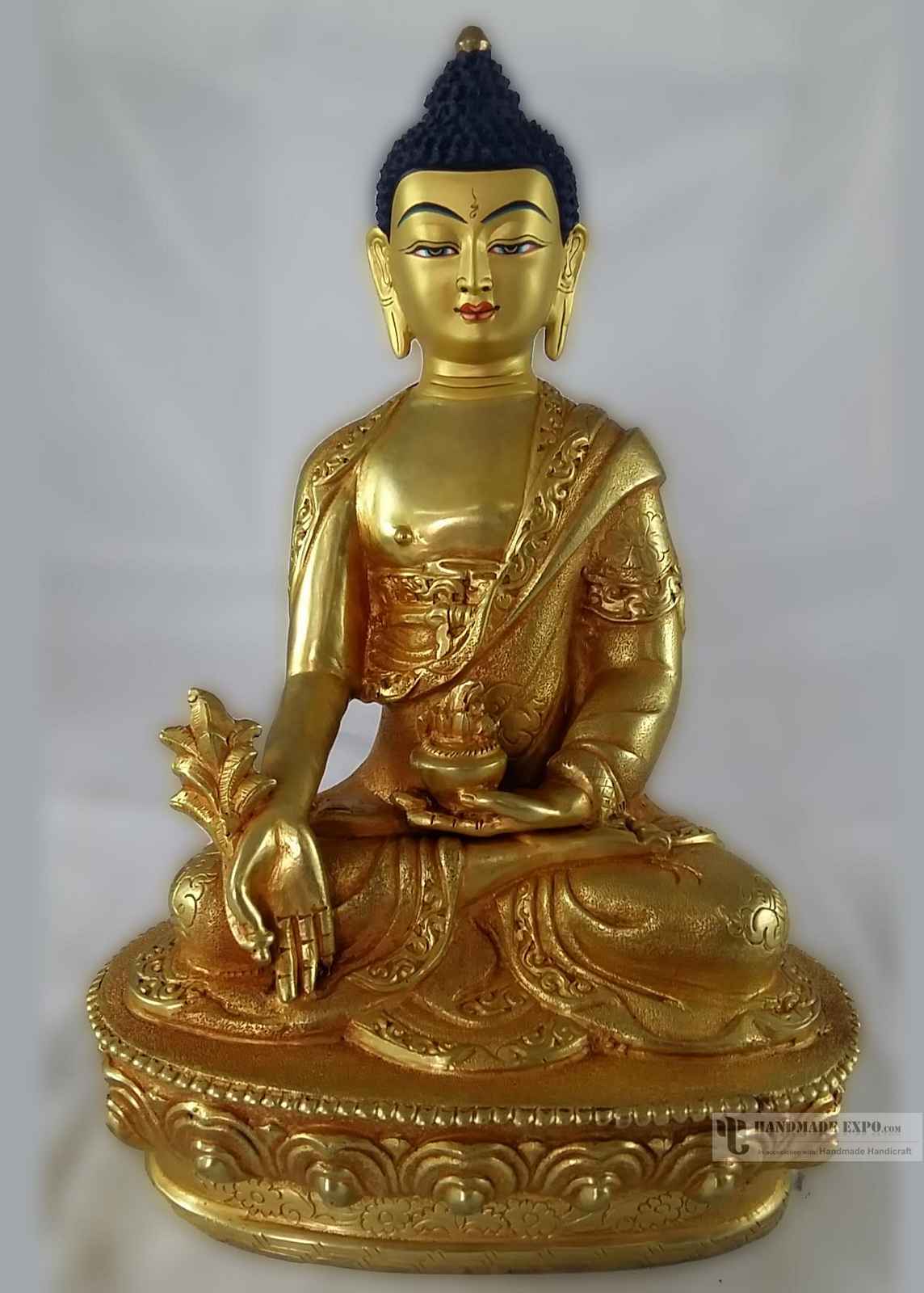 of Medicine Buddha-
of Medicine Buddha- 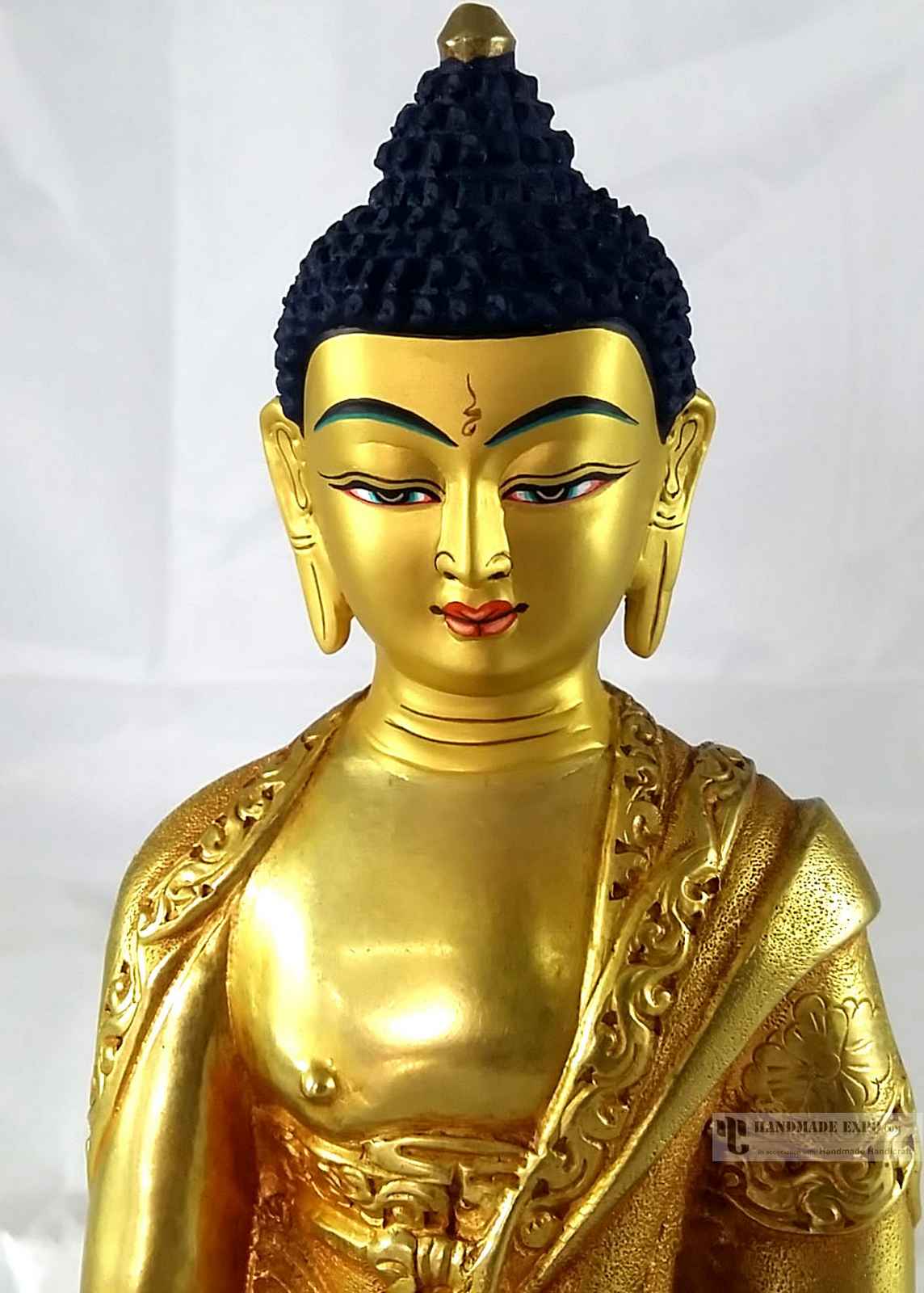 of Medicine Buddha-
of Medicine Buddha- 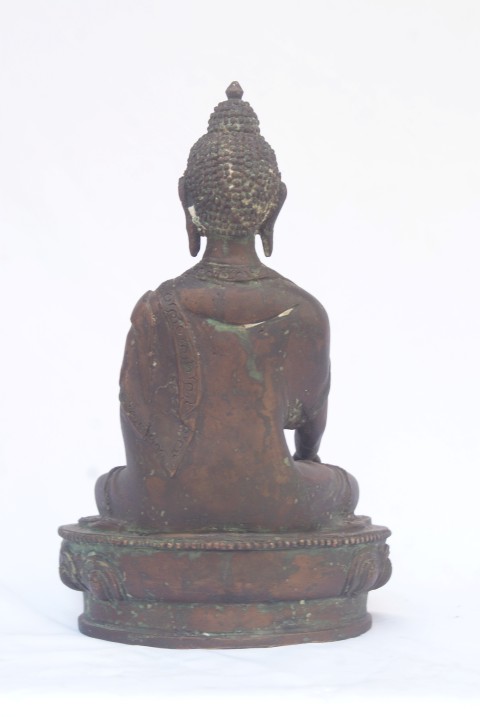 Antique Finishing" title="Shakyamuni Buddha Statue,
Antique Finishing" title="Shakyamuni Buddha Statue, 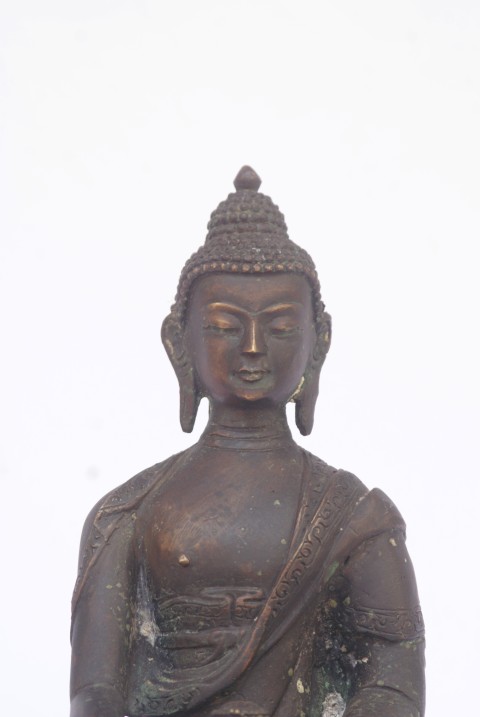 Antique Finishing" title="Shakyamuni Buddha Statue,
Antique Finishing" title="Shakyamuni Buddha Statue, 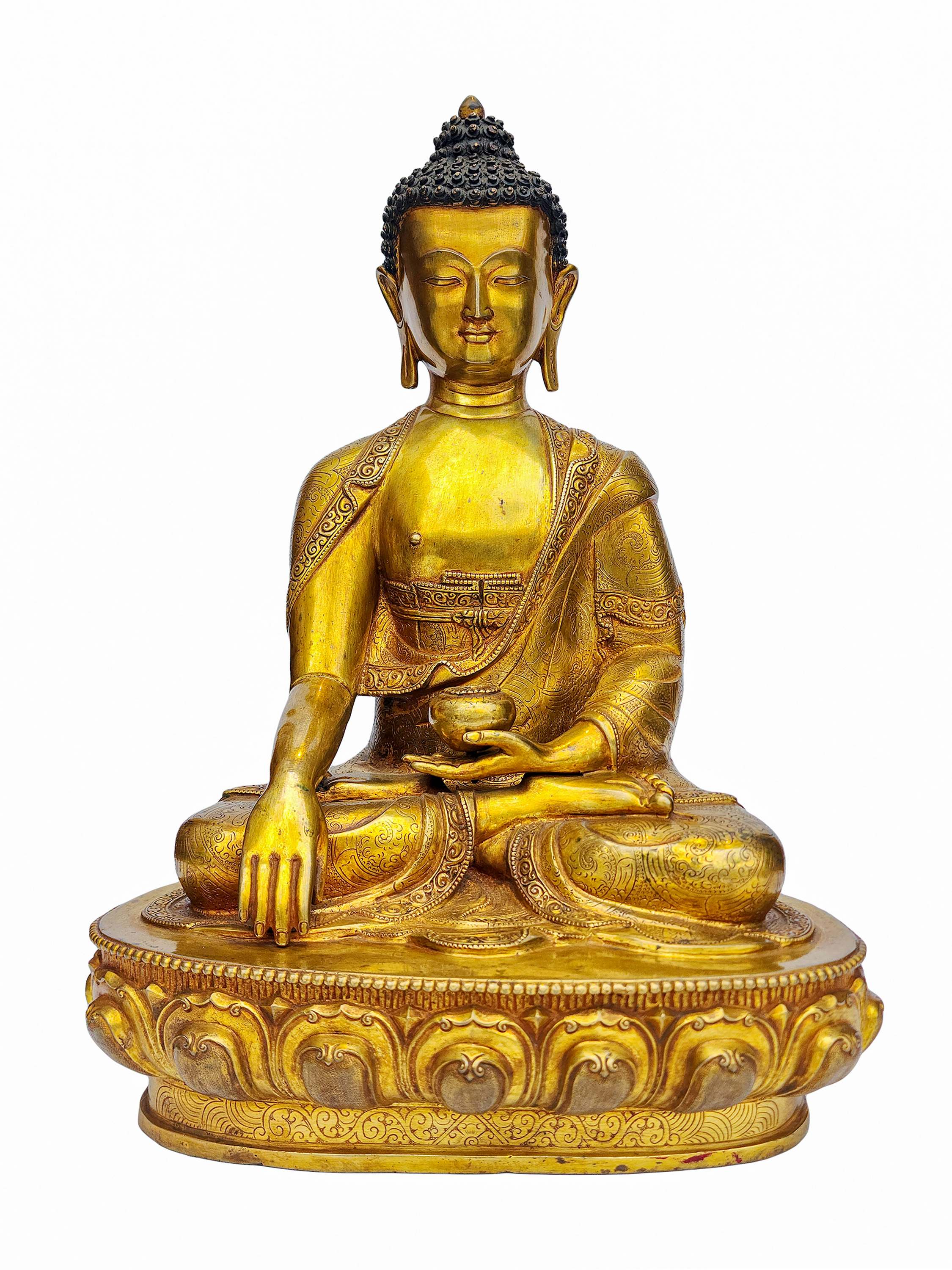 of Shakyamuni Buddha,
of Shakyamuni Buddha, 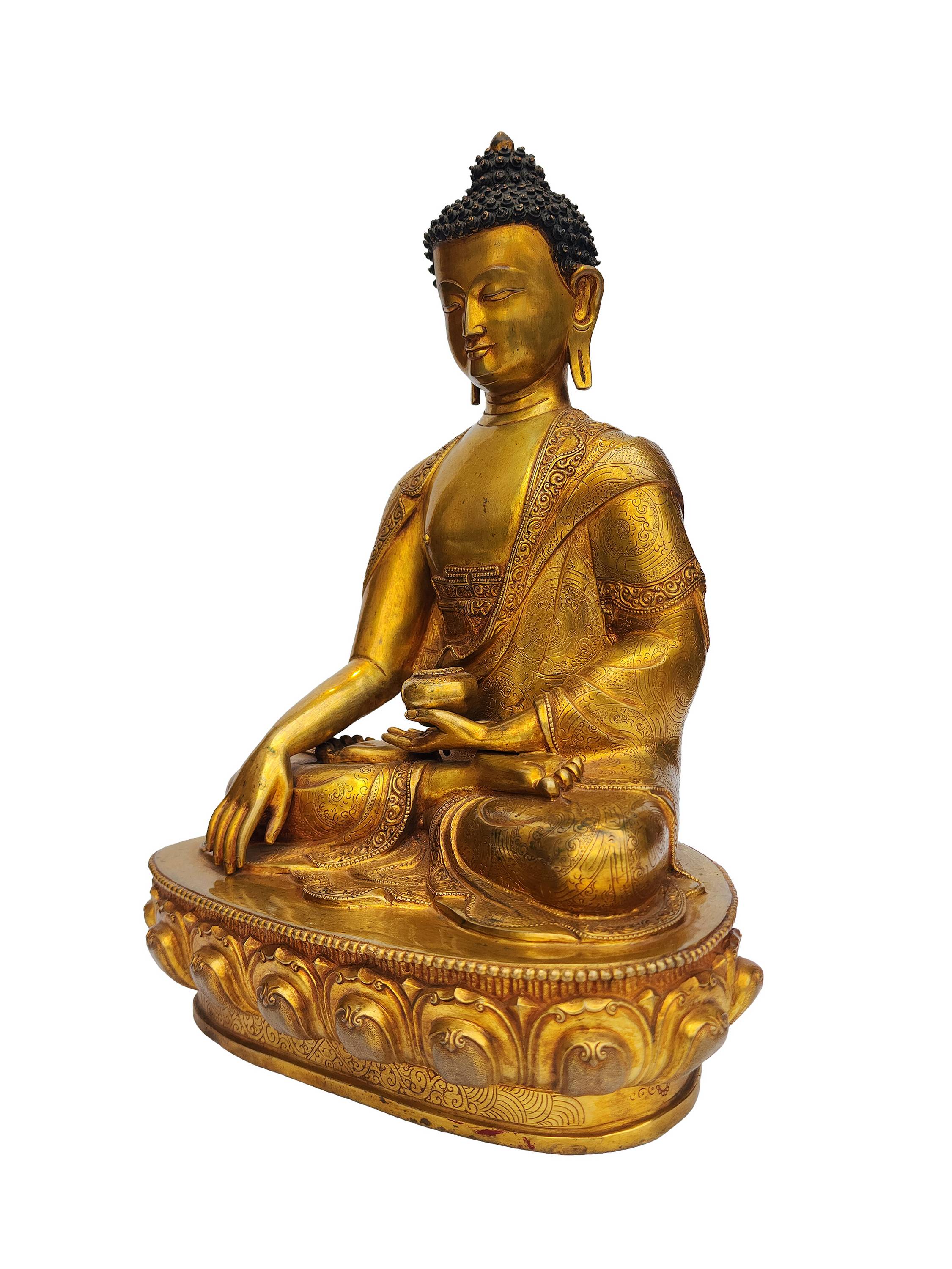 of Shakyamuni Buddha,
of Shakyamuni Buddha,  Best Price, Statue
Best Price, Statue  Best Price, Statue
Best Price, Statue  Full Fire Gold Plated,
Full Fire Gold Plated, 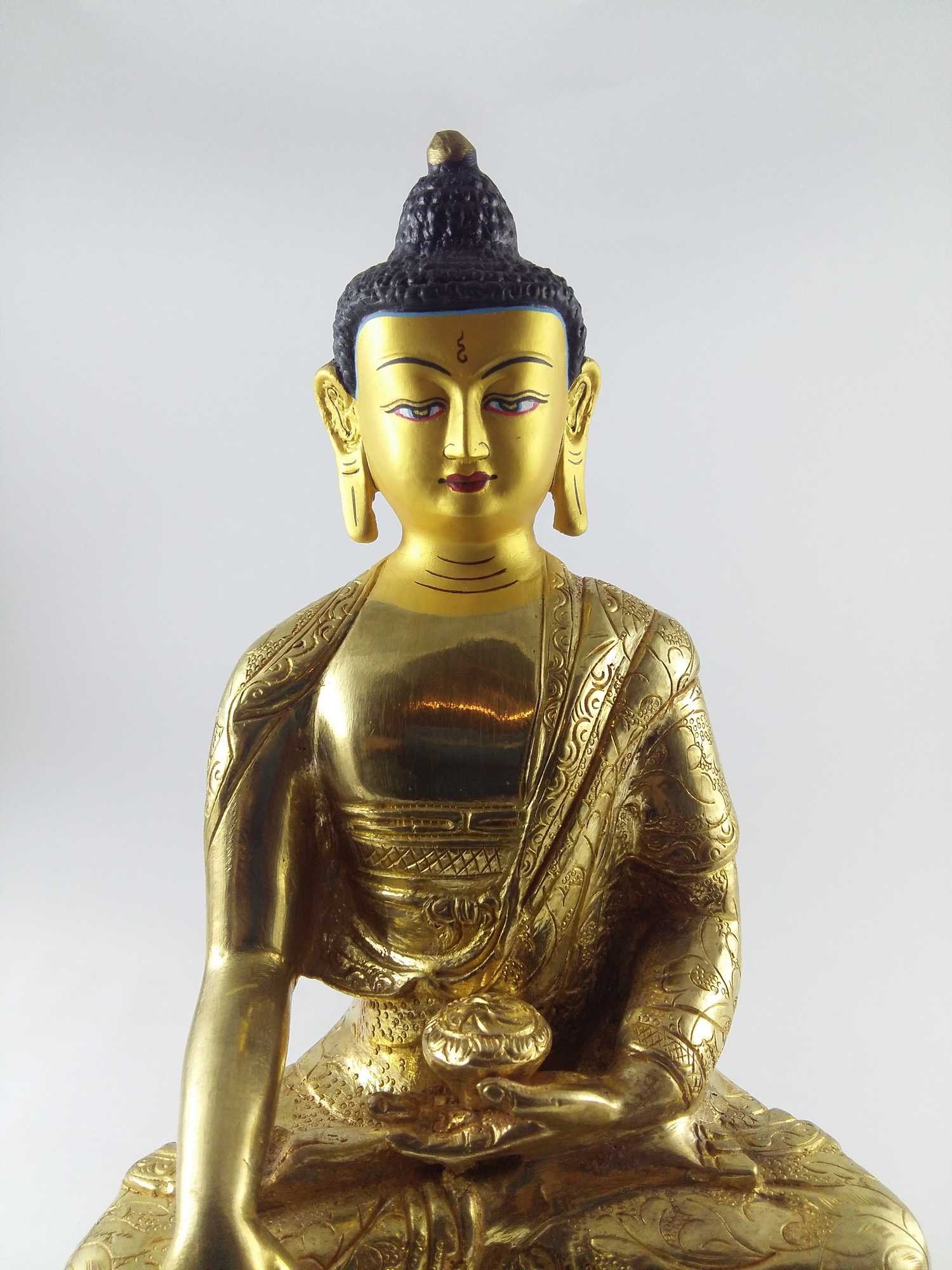 Full Fire Gold Plated,
Full Fire Gold Plated, 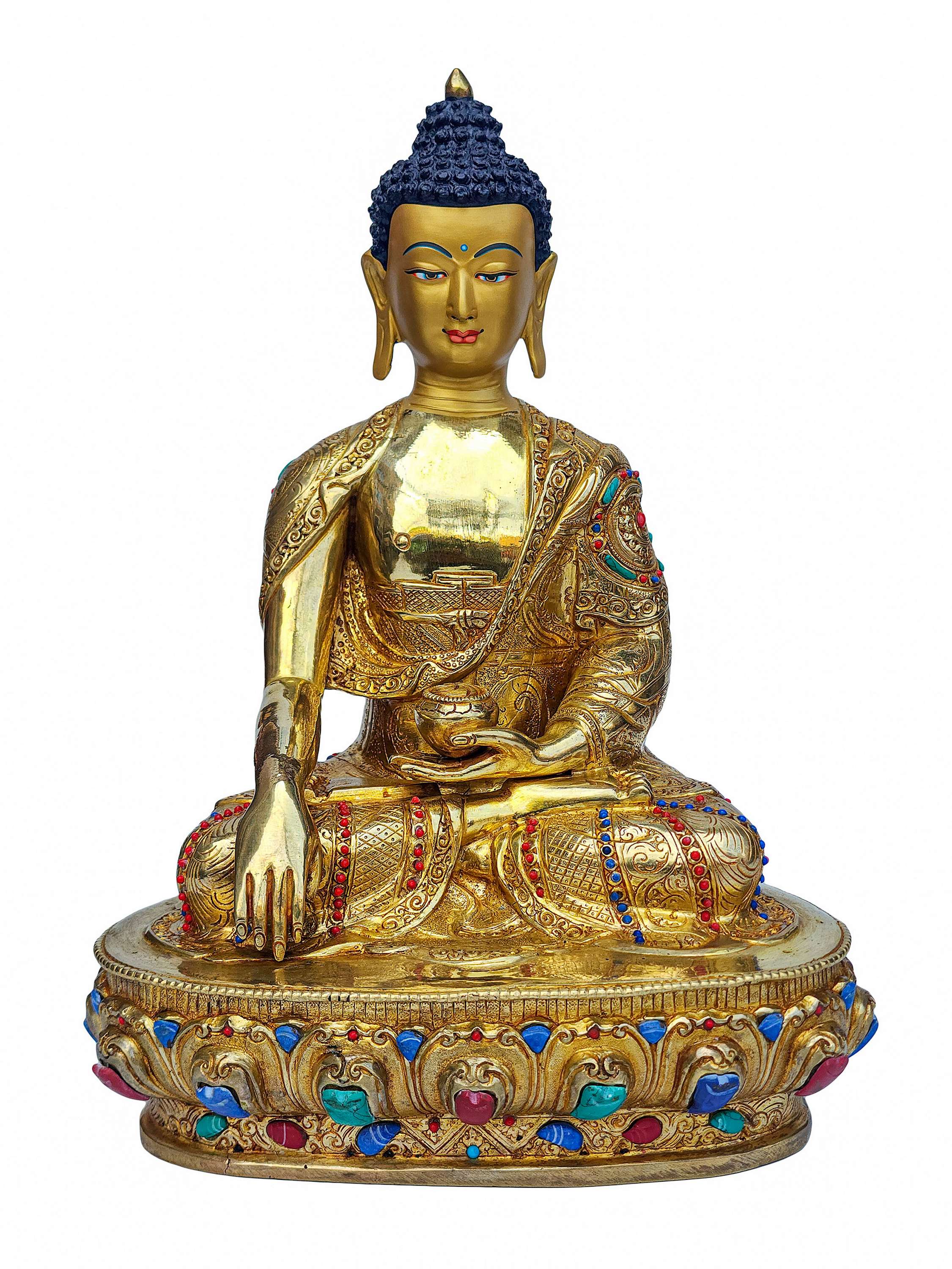 Face Painted,
Face Painted, 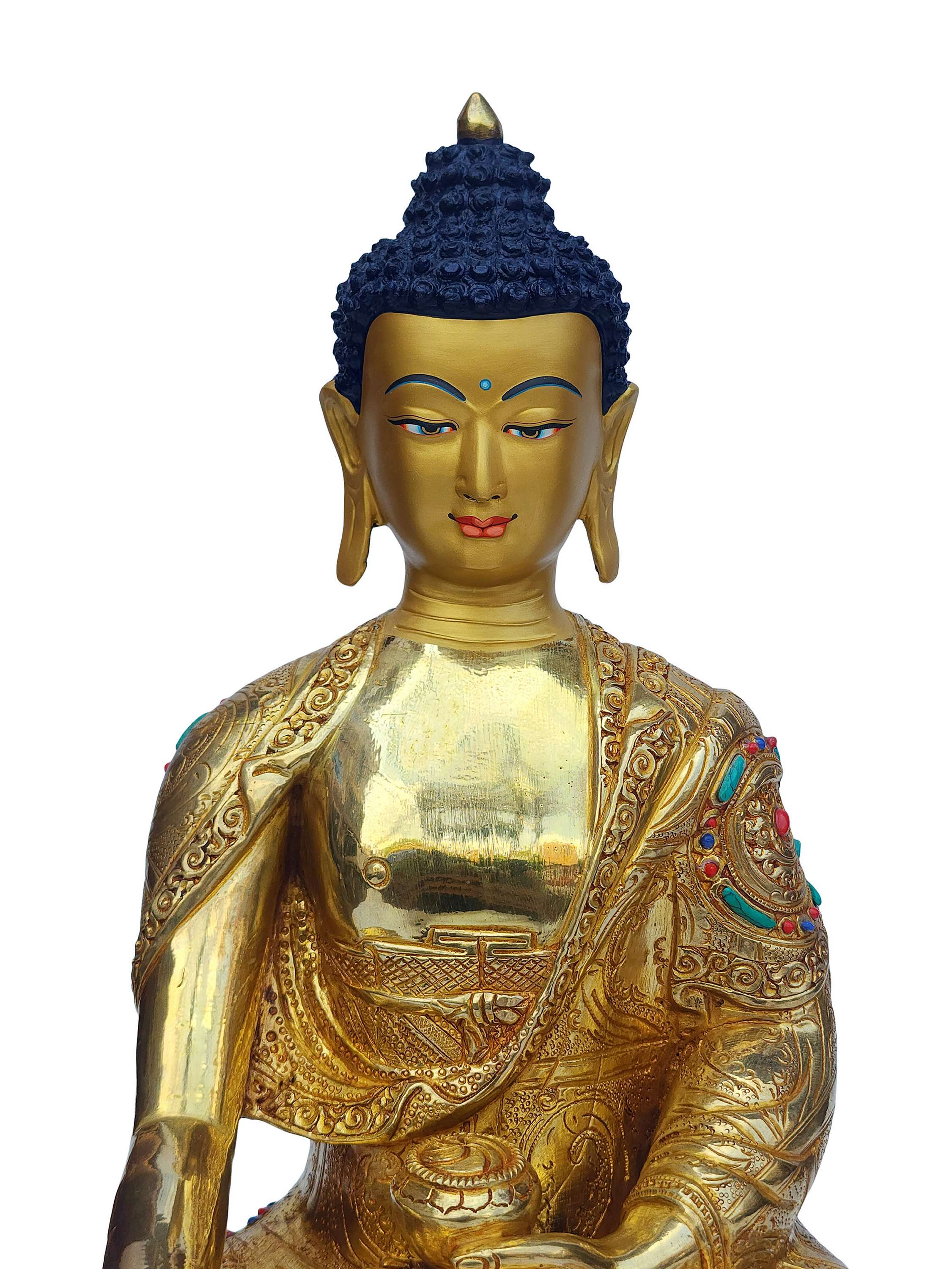 Face Painted,
Face Painted, 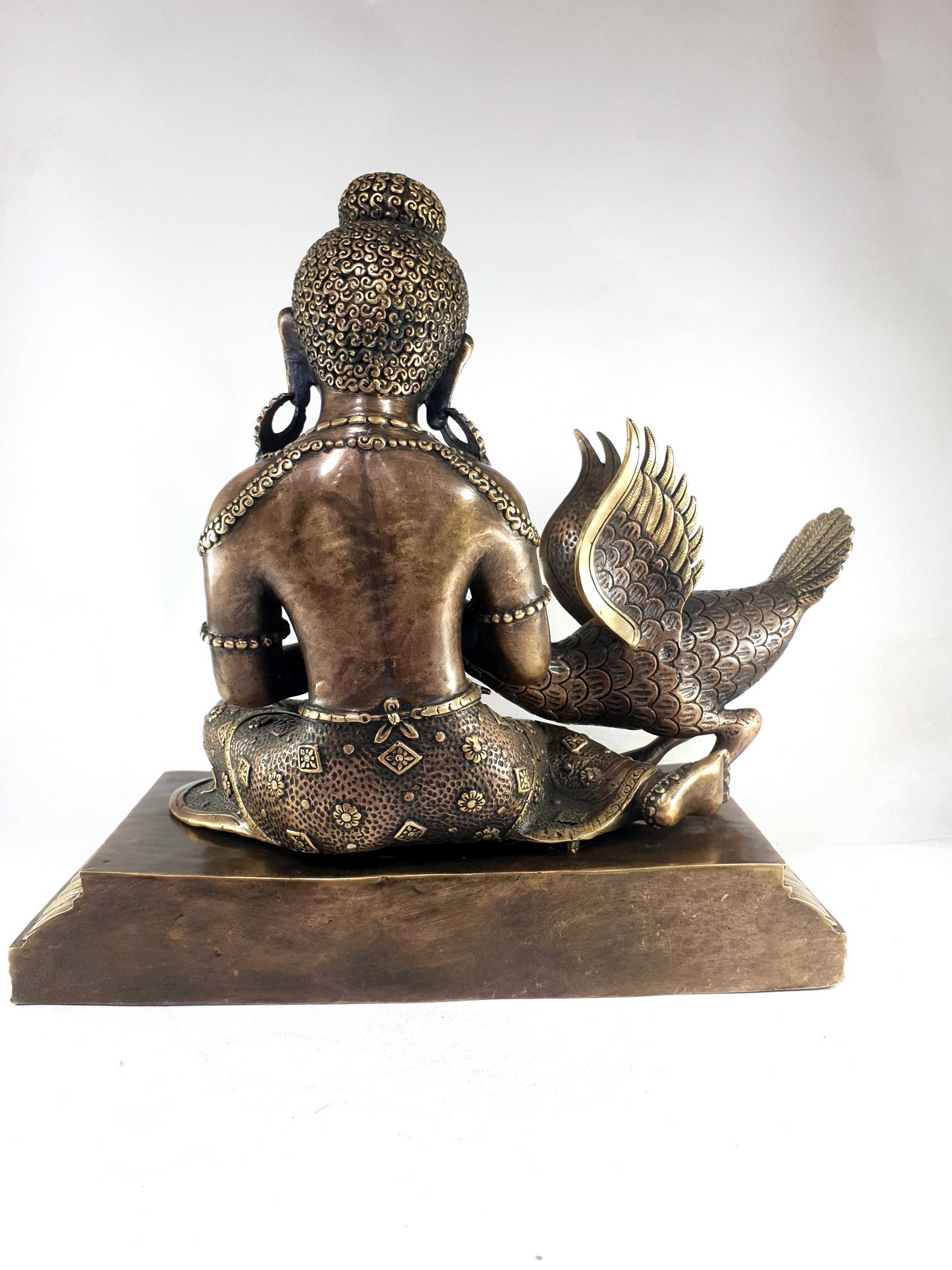 with Swan,
with Swan, 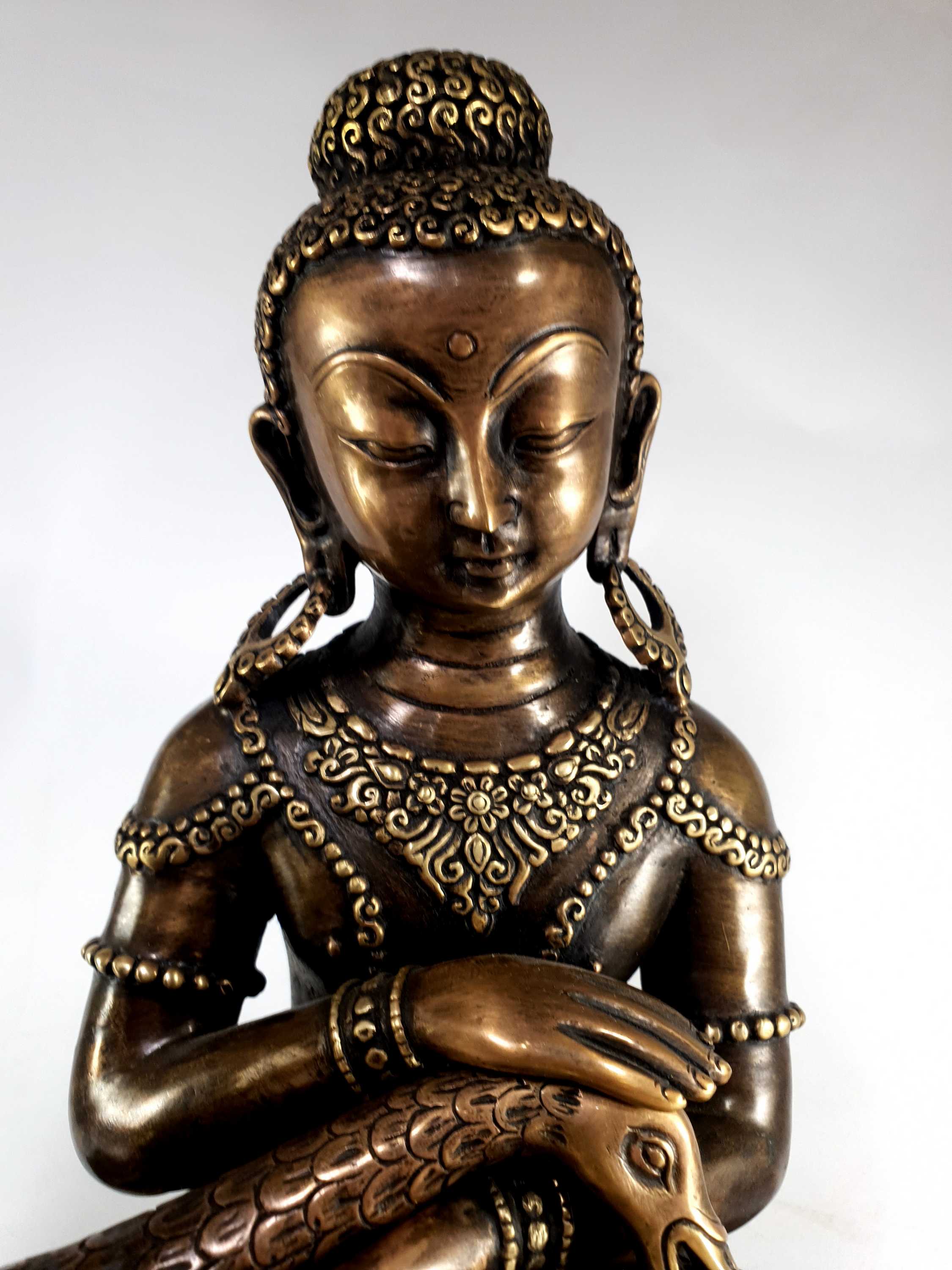 with Swan,
with Swan,  of Fasting Buddha,
of Fasting Buddha,  of Fasting Buddha,
of Fasting Buddha,